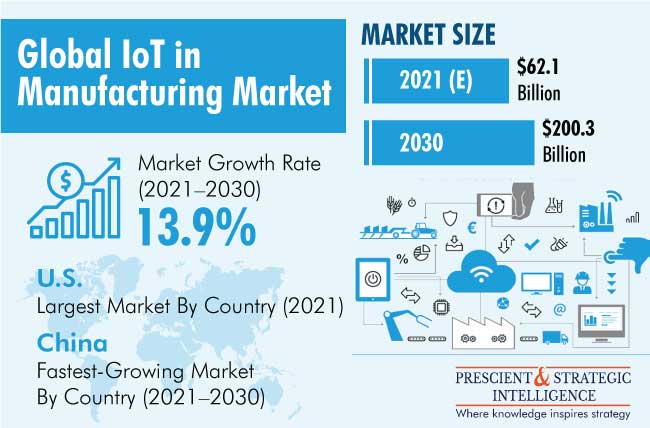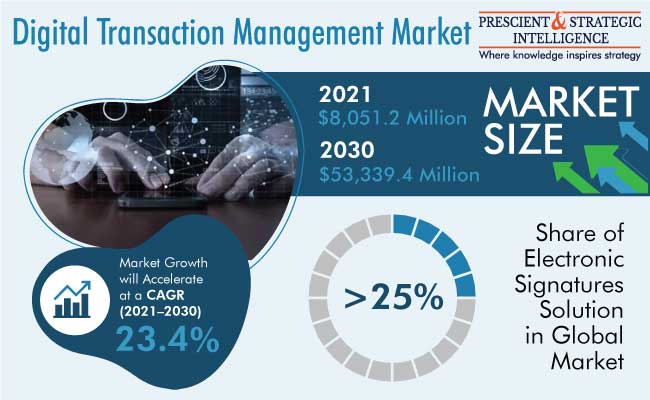The Ultimate Guide to Power Backup: Have Energy at Your Fingertips Anytime, Anywhere
In our fast-paced world today, a power backup solution is no longer a luxury but a necessity. Whether you are getting ready for sudden power blackouts, organizing outdoor activities, or looking for uninterrupted power for your home office, the right power backup system keeps your gadgets charged and ready to roll at all times. Let us discover why power backup systems are essential and how they can revolutionize your energy experience.
Why You Would Require a Power Backup System?
Continuous Supply of Energy: Power failures may interrupt your daily routine, ranging from work to entertainment. A solid power backup guarantees that your necessary machines, such as laptops, lamps, and medical devices, are functioning even when the power grid is down.
Safety and Security: In the event of severe weather or emergencies, there is no substitute for a power backup that ensures communication devices remain charged and security systems functional. A reliable power source provides assurance that you can remain connected and safe.
Eco-Friendly Options: Renewable energy technology has evolved a great deal, providing environmentally friendly power backup solutions. Solar-powered stations tap into the power of nature, so you can reduce your carbon footprint and still have reliable energy.
Selecting the Right Power Backup Solution:
Selecting the ideal power backup system for your requirements can be daunting. Below are key considerations:
Capacity Requirements: Define what equipment you want to power. For little electronics such as mobile phones and laptops, a small 150-watt power station could be enough. If you have large appliances that require support, look at using a 600-watt or even a 1000-watt power station to provide enough energy.
Portability: If you're in transit a lot—camping, traveling, or remote work—choose light and easily portable power backup options that can follow you with ease.
Charging Options: Choose power stations with multiple output ports (USB, AC, and DC) to charge multiple devices at once. Additionally, solar charging support options give you clean energy solutions, great for outdoorsy types.
Safety Features: See to it that the backup system is equipped with necessary safety features such as short circuit protection, temperature management, and overcharge protection to protect your devices and end-users.
Find Moerdon's Reliable Power Backup Solutions:
At Moerdon, we recognize that your power requirements are different. That's why we have a wide variety of portable power stations—from small 150-watt units to high-capacity 1000-watt units. Every product has portability, safety, and efficiency in mind so that you have access to stable power at anytime, anywhere.
By investing in Moerdon's power backup systems, you are opting for convenience and sustainability. With affordable prices and state-of-the-art technology, you can rely on us to deliver the most innovative energy solutions for whatever life brings your way.
Get Started Today!
Don't wait for that next power outage! Arm yourself with the best power backup solution today. Browse our selection of portable power stations and find the ideal companion for your energy needs.
For questions or customized advice, reach out to us:
Website: https://www.moerdonstore.com/
Email: sales@coolnut.in
Phone: +91 98260 17888
Enjoy the liberty of unbreakable energy with Moerdon—where inventive backup power harmonizes with your lifestyle demands. Go to our website and reserve your power backup solution today!
In our fast-paced world today, a power backup solution is no longer a luxury but a necessity. Whether you are getting ready for sudden power blackouts, organizing outdoor activities, or looking for uninterrupted power for your home office, the right power backup system keeps your gadgets charged and ready to roll at all times. Let us discover why power backup systems are essential and how they can revolutionize your energy experience.
Why You Would Require a Power Backup System?
Continuous Supply of Energy: Power failures may interrupt your daily routine, ranging from work to entertainment. A solid power backup guarantees that your necessary machines, such as laptops, lamps, and medical devices, are functioning even when the power grid is down.
Safety and Security: In the event of severe weather or emergencies, there is no substitute for a power backup that ensures communication devices remain charged and security systems functional. A reliable power source provides assurance that you can remain connected and safe.
Eco-Friendly Options: Renewable energy technology has evolved a great deal, providing environmentally friendly power backup solutions. Solar-powered stations tap into the power of nature, so you can reduce your carbon footprint and still have reliable energy.
Selecting the Right Power Backup Solution:
Selecting the ideal power backup system for your requirements can be daunting. Below are key considerations:
Capacity Requirements: Define what equipment you want to power. For little electronics such as mobile phones and laptops, a small 150-watt power station could be enough. If you have large appliances that require support, look at using a 600-watt or even a 1000-watt power station to provide enough energy.
Portability: If you're in transit a lot—camping, traveling, or remote work—choose light and easily portable power backup options that can follow you with ease.
Charging Options: Choose power stations with multiple output ports (USB, AC, and DC) to charge multiple devices at once. Additionally, solar charging support options give you clean energy solutions, great for outdoorsy types.
Safety Features: See to it that the backup system is equipped with necessary safety features such as short circuit protection, temperature management, and overcharge protection to protect your devices and end-users.
Find Moerdon's Reliable Power Backup Solutions:
At Moerdon, we recognize that your power requirements are different. That's why we have a wide variety of portable power stations—from small 150-watt units to high-capacity 1000-watt units. Every product has portability, safety, and efficiency in mind so that you have access to stable power at anytime, anywhere.
By investing in Moerdon's power backup systems, you are opting for convenience and sustainability. With affordable prices and state-of-the-art technology, you can rely on us to deliver the most innovative energy solutions for whatever life brings your way.
Get Started Today!
Don't wait for that next power outage! Arm yourself with the best power backup solution today. Browse our selection of portable power stations and find the ideal companion for your energy needs.
For questions or customized advice, reach out to us:
Website: https://www.moerdonstore.com/
Email: sales@coolnut.in
Phone: +91 98260 17888
Enjoy the liberty of unbreakable energy with Moerdon—where inventive backup power harmonizes with your lifestyle demands. Go to our website and reserve your power backup solution today!
The Ultimate Guide to Power Backup: Have Energy at Your Fingertips Anytime, Anywhere
In our fast-paced world today, a power backup solution is no longer a luxury but a necessity. Whether you are getting ready for sudden power blackouts, organizing outdoor activities, or looking for uninterrupted power for your home office, the right power backup system keeps your gadgets charged and ready to roll at all times. Let us discover why power backup systems are essential and how they can revolutionize your energy experience.
Why You Would Require a Power Backup System?
Continuous Supply of Energy: Power failures may interrupt your daily routine, ranging from work to entertainment. A solid power backup guarantees that your necessary machines, such as laptops, lamps, and medical devices, are functioning even when the power grid is down.
Safety and Security: In the event of severe weather or emergencies, there is no substitute for a power backup that ensures communication devices remain charged and security systems functional. A reliable power source provides assurance that you can remain connected and safe.
Eco-Friendly Options: Renewable energy technology has evolved a great deal, providing environmentally friendly power backup solutions. Solar-powered stations tap into the power of nature, so you can reduce your carbon footprint and still have reliable energy.
Selecting the Right Power Backup Solution:
Selecting the ideal power backup system for your requirements can be daunting. Below are key considerations:
Capacity Requirements: Define what equipment you want to power. For little electronics such as mobile phones and laptops, a small 150-watt power station could be enough. If you have large appliances that require support, look at using a 600-watt or even a 1000-watt power station to provide enough energy.
Portability: If you're in transit a lot—camping, traveling, or remote work—choose light and easily portable power backup options that can follow you with ease.
Charging Options: Choose power stations with multiple output ports (USB, AC, and DC) to charge multiple devices at once. Additionally, solar charging support options give you clean energy solutions, great for outdoorsy types.
Safety Features: See to it that the backup system is equipped with necessary safety features such as short circuit protection, temperature management, and overcharge protection to protect your devices and end-users.
Find Moerdon's Reliable Power Backup Solutions:
At Moerdon, we recognize that your power requirements are different. That's why we have a wide variety of portable power stations—from small 150-watt units to high-capacity 1000-watt units. Every product has portability, safety, and efficiency in mind so that you have access to stable power at anytime, anywhere.
By investing in Moerdon's power backup systems, you are opting for convenience and sustainability. With affordable prices and state-of-the-art technology, you can rely on us to deliver the most innovative energy solutions for whatever life brings your way.
Get Started Today!
Don't wait for that next power outage! Arm yourself with the best power backup solution today. Browse our selection of portable power stations and find the ideal companion for your energy needs.
For questions or customized advice, reach out to us:
Website: https://www.moerdonstore.com/
Email: sales@coolnut.in
Phone: +91 98260 17888
Enjoy the liberty of unbreakable energy with Moerdon—where inventive backup power harmonizes with your lifestyle demands. Go to our website and reserve your power backup solution today!
·3Кб Просмотры
·0 предпросмотр








